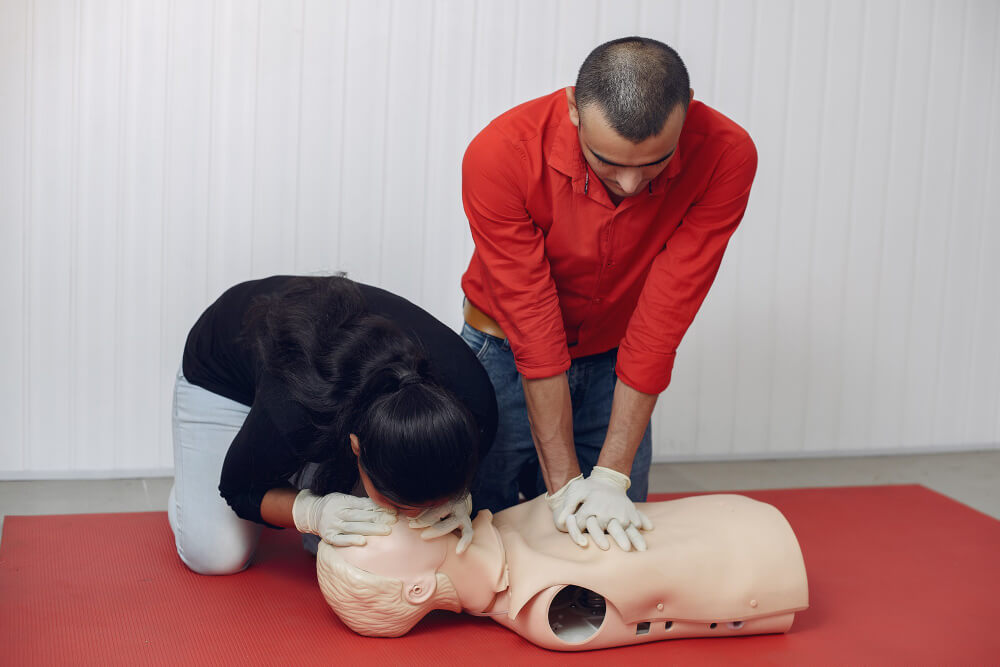CT Coronary Angiography (CTCA) is a non-invasive imaging test that uses X-rays to create detailed images of the heart and its blood vessels. In this article, we will discuss everything you need to know about CT Coronary Angiography, from its preparation to its advantages and limitations.
CT Coronary Angiography, also known as Cardiac CT, is a medical imaging technique used to visualize the coronary arteries and assess the presence of coronary artery disease (CAD). CAD occurs when the arteries that supply blood to the heart become narrow or blocked due to the buildup of plaque. CT Coronary Angiography helps to detect and diagnose CAD at an early stage.
Why is CT Coronary Angiography Performed?
CT Coronary Angiography is primarily performed to evaluate patients with chest pain, shortness of breath, or other symptoms of CAD. It can also be used to detect CAD in patients with a family history of heart disease, high cholesterol levels, or other risk factors.
Preparation for CT Coronary Angiography
Before undergoing CT Coronary Angiography, patients are required to follow specific preparations, including:
Fasting Requirements
Patients must fast for at least four hours before the procedure to reduce the likelihood of nausea and vomiting during the test.
Medication Precautions
Patients who take medication for diabetes, high blood pressure, or other medical conditions should consult their doctor before the test. They may be advised to adjust their medication or stop taking it for a short time before the procedure.
Allergy Precautions
Patients with a history of allergies, particularly to contrast dye, should inform their doctor beforehand. In some cases, antihistamines or steroids may be prescribed to prevent an allergic reaction.
Clothing Requirements
Patients are required to wear loose, comfortable clothing without any metal objects, such as belts, jewelry, or zippers.
The CT Coronary Angiography Procedure
During the CT Coronary Angiography procedure, a contrast dye is injected into the patient’s arm to enhance the visibility of the coronary arteries. The patient is then placed on a table that slides into a large, doughnut-shaped machine called a CT scanner.
Contrast Injection
The contrast dye is injected into the patient’s arm through a small intravenous (IV) line. Patients may experience a warm sensation or a metallic taste in their mouth as the dye enters their bloodstream.
Scanning Process
The CT scanner takes multiple X-ray images of the heart and its blood vessels, which are then reconstructed into 3D images using computer software. The entire process takes approximately 30 to 60 minutes.
Radiation Exposure
CT Coronary Angiography uses X-rays, which expose the patient to a small amount of radiation. However, the amount of radiation exposure is generally considered safe and well below the recommended limit.
Allergic Reactions
Some patients may be allergic to the contrast dye used in the procedure, which can cause mild to severe reactions, including hives, nausea, and difficulty breathing.
Contrast-induced Nephropathy
In rare cases, the contrast dye used in CT Coronary Angiography can cause kidney damage, particularly in patients with pre-existing kidney disease.
After the CT Coronary Angiography Procedure
Once the CT Coronary Angiography procedure is complete, the patient is allowed to resume their normal activities. However, they may need to wait for a short time to ensure that they are feeling well and there are no adverse reactions to the contrast dye.
Post-Procedure Care
Patients are advised to drink plenty of fluids after the test to help flush out the contrast dye from their system. They should also avoid strenuous activity for 24 hours and avoid taking a hot shower or bath for a few hours.
Interpretation of Results
A radiologist will interpret the CT Coronary Angiography results and send a report to the patient’s doctor. The results will show whether there are any blockages or narrowing in the coronary arteries, and if so, their severity.
Advantages of CT Coronary Angiography
CT Coronary Angiography has several advantages over traditional coronary angiography, including:
Non-invasive: CT Coronary Angiography does not require any incisions or catheterization, making it a less invasive option for patients.
Quick and convenient: The entire procedure takes less than an hour, and patients can return to their daily activities immediately afterward.
High accuracy: CT Coronary Angiography is highly accurate in detecting coronary artery disease, with a sensitivity and specificity of over 90%.
Risks and Limitations of CT Coronary Angiography
While CT Coronary Angiography is a safe and effective imaging test, there are some risks and limitations associated with the procedure.
CT Coronary Angiography vs. Traditional Coronary Angiography
Traditional coronary angiography is an invasive procedure that involves threading a catheter through a blood vessel to the heart and injecting contrast dye directly into the coronary arteries. While it is considered the gold standard for diagnosing coronary artery disease, it is more invasive and carries a higher risk of complications than CT Coronary Angiography.
Conclusion
CT Coronary Angiography is a safe, non-invasive imaging test that can detect and diagnose coronary artery disease at an early stage. With its high accuracy and convenience, it has become a popular alternative to traditional coronary angiography. While there are some risks and limitations associated with the procedure, they are generally considered minimal compared to the benefits of early detection and treatment of CAD.
Also read: High Blood Pressure: Understanding the Silent Killer
FAQs
Yes, CT Coronary Angiography is considered a safe imaging test with minimal risks.
The entire procedure takes approximately 30 to 60 minutes.
No, patients are required to fast for at least four hours before the procedure.
No, patients do not experience any pain during the procedure.
CT Coronary Angiography is highly accurate in detecting coronary artery disease, but it may not be able to detect all types of blockages.



